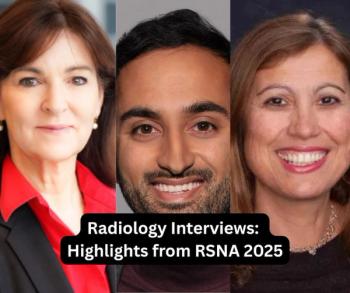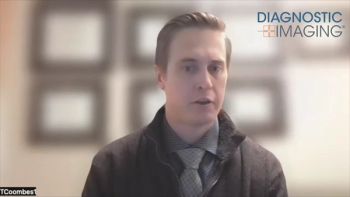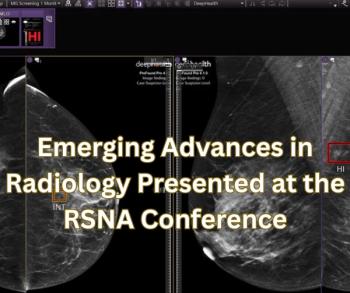
The NSF ‘black box’ holds danger and opportunity
Earlier this month I was struck by a news story about the suicide rate among 10- to 24-year-olds. It had fallen in the U.S. by 28% between 1990 and 2003. Then, it suddenly rose 8% in 2004.
Earlier this month I was struck by a news story about the suicide rate among 10- to 24-year-olds. It had fallen in the U.S. by 28% between 1990 and 2003. Then, it suddenly rose 8% in 2004.
There is no hard and fast causal link, no indisputable trail of evidence, but the timing was enough to raise eyebrows. Consider that 2004 was the year the FDA required a "black box" warning on antidepressant drugs that linked their use to an increase in suicidal thoughts or actions among children and teenagers.
Some psychiatrists had cautioned that these warnings could do more harm than good. They could scare physicians from prescribing treatments that could help young people who were coping with forms of depression that put them at a greater risk of suicide.
Given the lag in reporting by the Centers for Disease Control, those concerned that 2004 might be the start of a new trend must wait and see. The 2004 suicide rate, published the first week of September, is the latest available.
People who might benefit from contrast-enhanced MR may be in for a similarly uncertain voyage.
The FDA's decision this spring to ask manufacturers to place black box warnings on all agents containing gadolinium could have a chilling effect on their use. The link, revealed earlier this month, between Bracco's cyclic agent, ProHance, and nephrogenic systemic fibrosis (NSF), only underscores the concern raised by these warnings (DI SCAN 8/24/07,
Some in the imaging community had suggested that the chemical structure of ProHance bound gadolinium so tightly that the metal could not escape to cause the NSF incidents that had been tied to other MR contrast agents. Addressing the point, Alberto Spinazzi, senior vice president of Bracco Diagnostics Group's Medical and Regulatory Affairs, told DI SCAN: "If gadolinium chelates are involved in the genesis of NSF, and stability is related to that, then it is important to understand that it is not that no gadolinium is released by the most stable agent, it is that less gadolinium is released by the most stable agent. The risk is not zero."
Never mind that the cases tied to NSF all involve patients with severely compromised kidney function. Never mind that the case tied to a cyclic agent involved a patient who received a half-dozen double doses of ProHance over a two-year period. The risk exists and, because of that, some patients who could benefit from contrast-enhanced MR might not receive it.
What happens to these patients? How many will be affected?
The answers will depend on the medical imaging community and the administrators of hospitals and imaging centers, all of whom will be influenced by liability issues surrounding gadolinium agents. The answers may also depend on the ingenuity of equipment makers.
Toshiba America for years has been touting MR technology that produces vascular images without contrast. At last year's RSNA meeting, the company displayed such noncontrast images in their booth, under the heading: "What's missing?" The answer, of course, was injectable contrast.
Toshiba will almost certainly showcase its technology again at this year's meeting in Chicago, but it won't be the only one. Siemens Medical Solutions plans to market later this year a noncontrast technique to assess ischemic stroke. (DI SCAN 8/22/07,
If history is any guide, other manufacturers will follow suit.
Some will offer MR techniques that eliminate the need for injectable contrast. Others may seek a middle ground, leveraging technology to reduce the dosage needed rather than entirely supplant these agents.
If these techniques are widely adopted, they will decrease revenues from the sale of contrast agents, while reducing healthcare costs due to supplemental charges for the use of contrast.
More profound, however, will be the dramatic change they could impose on the practice of medicine and, with it, the very character of the imaging industry.
Newsletter
Stay at the forefront of radiology with the Diagnostic Imaging newsletter, delivering the latest news, clinical insights, and imaging advancements for today’s radiologists.




























